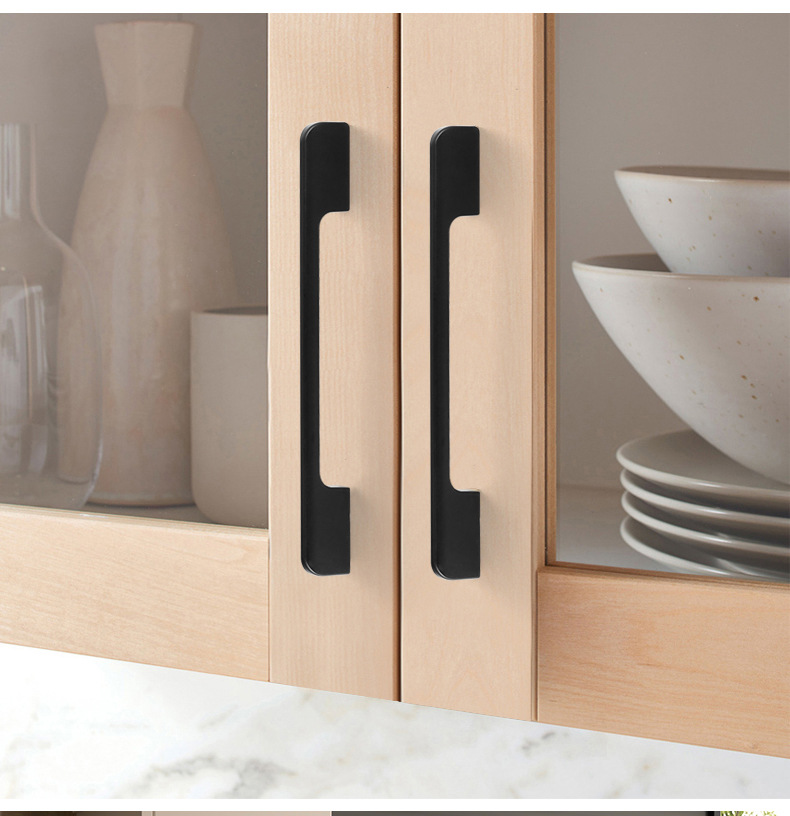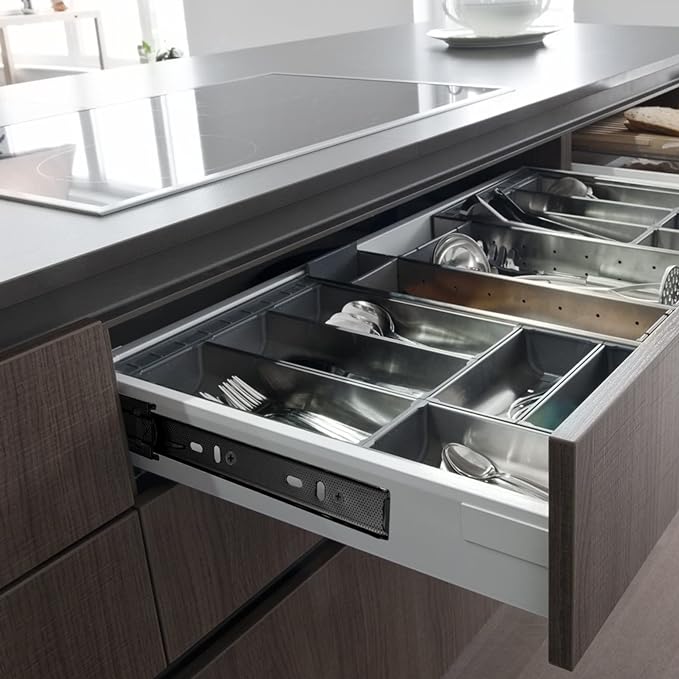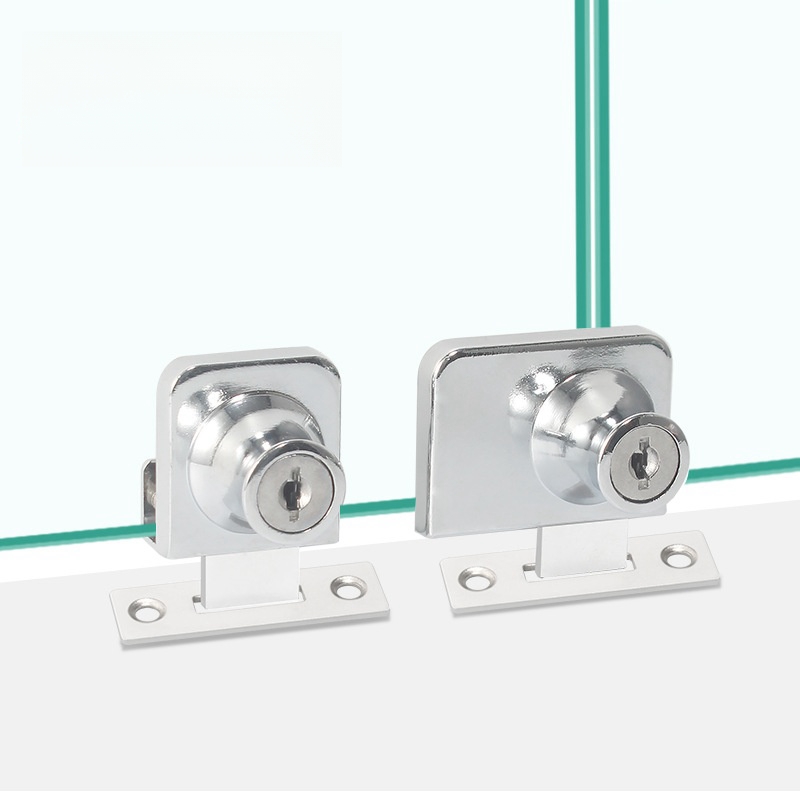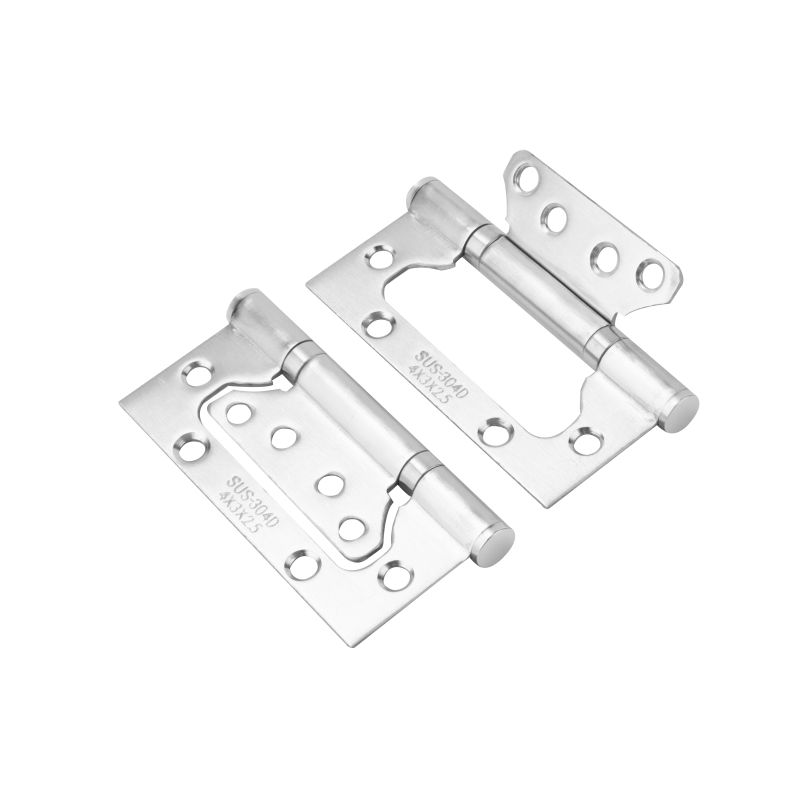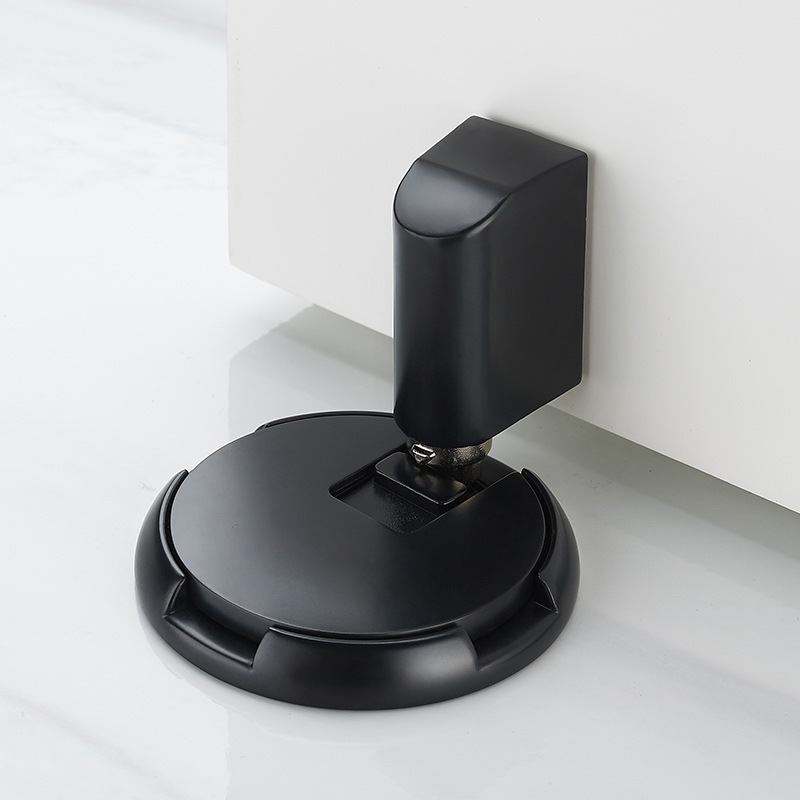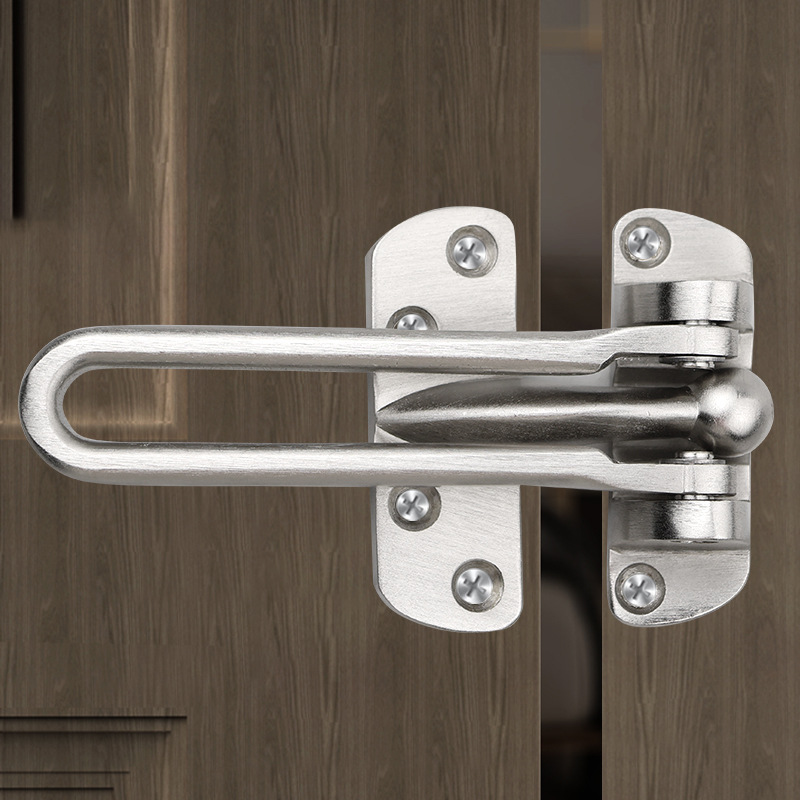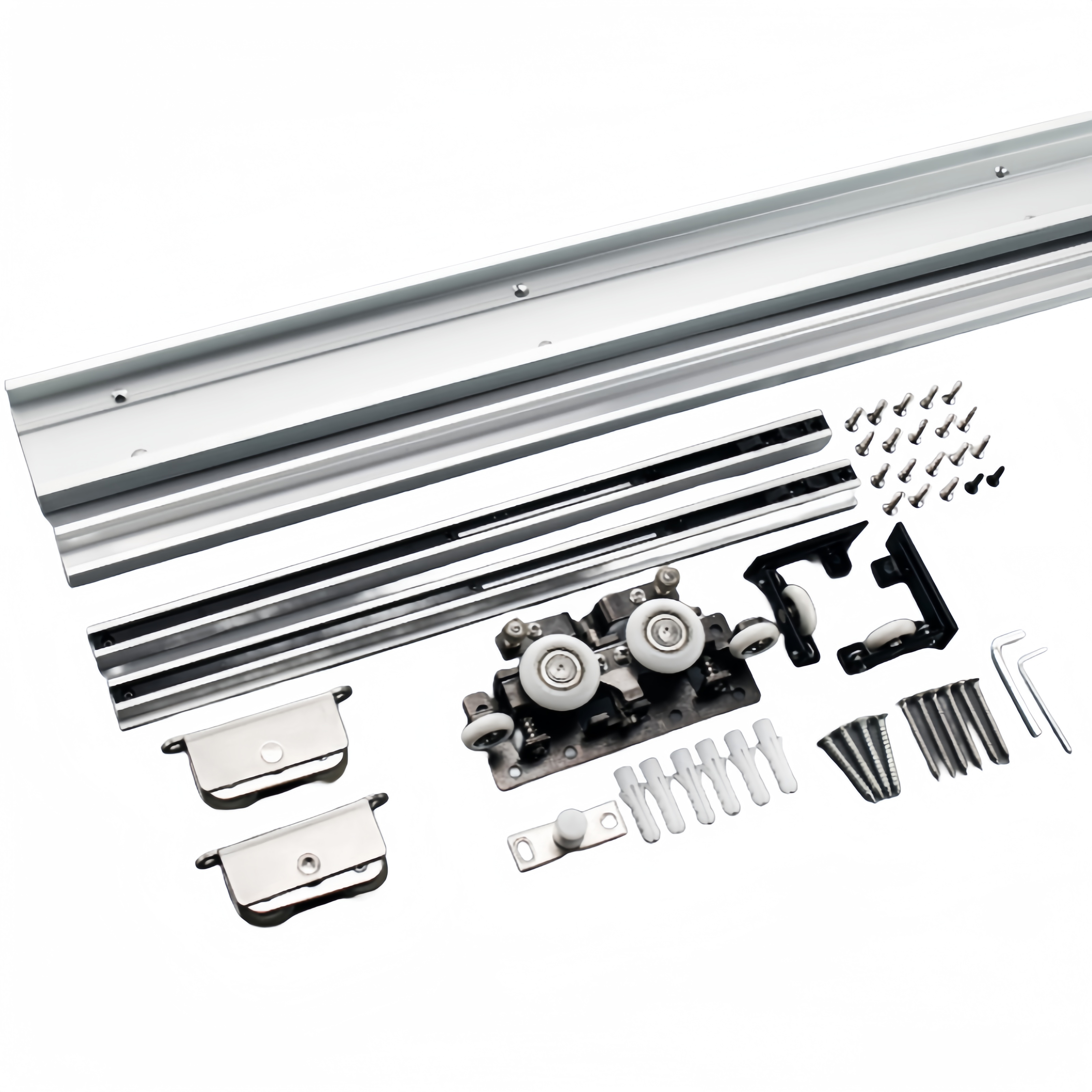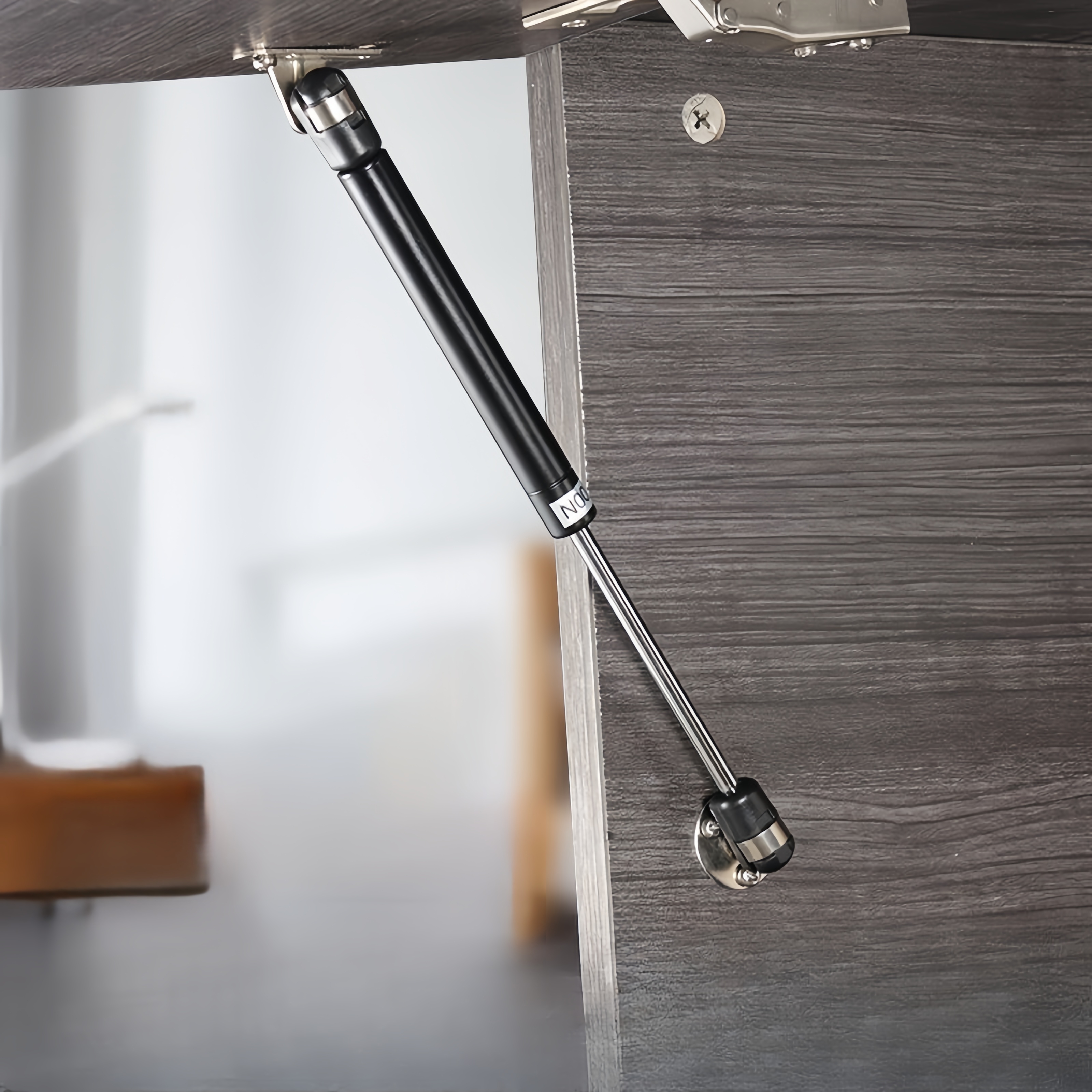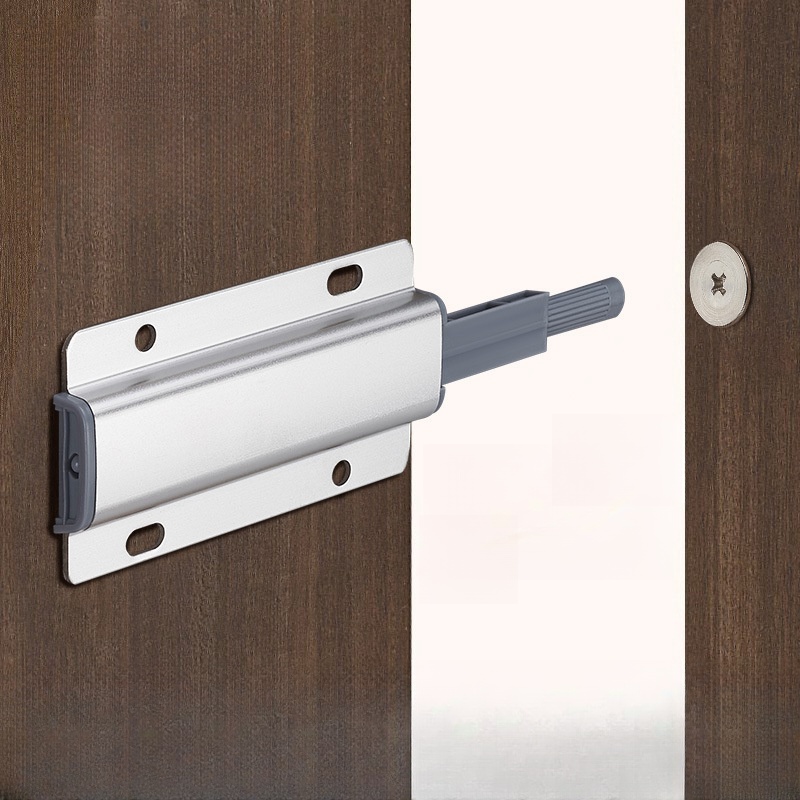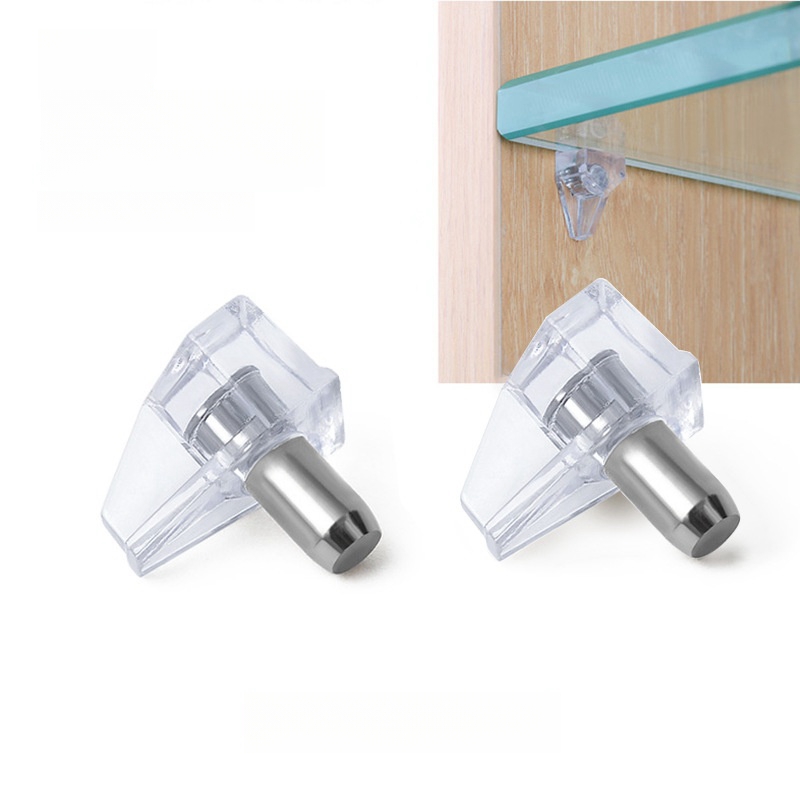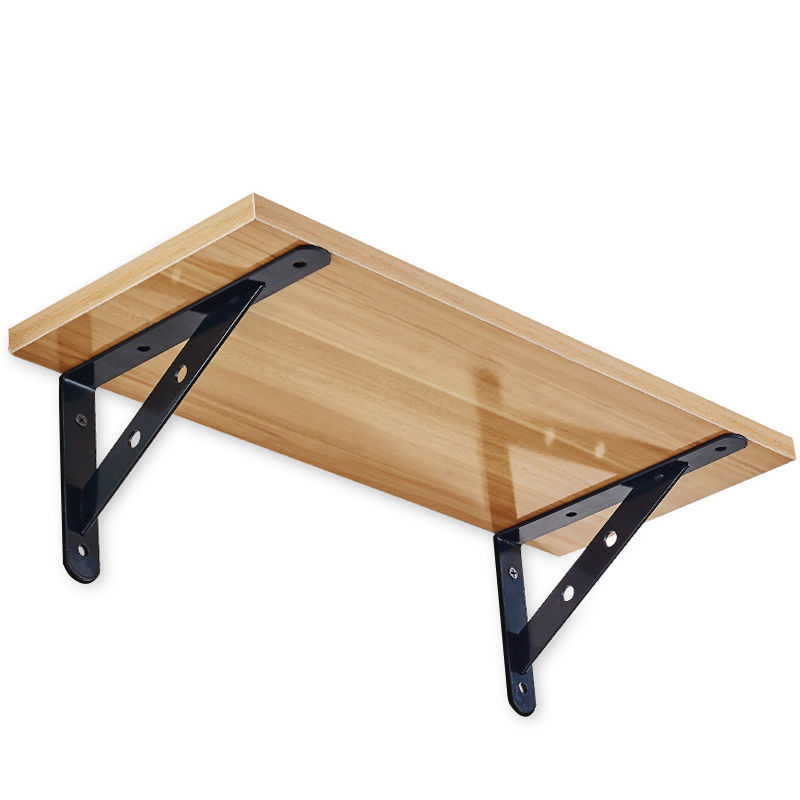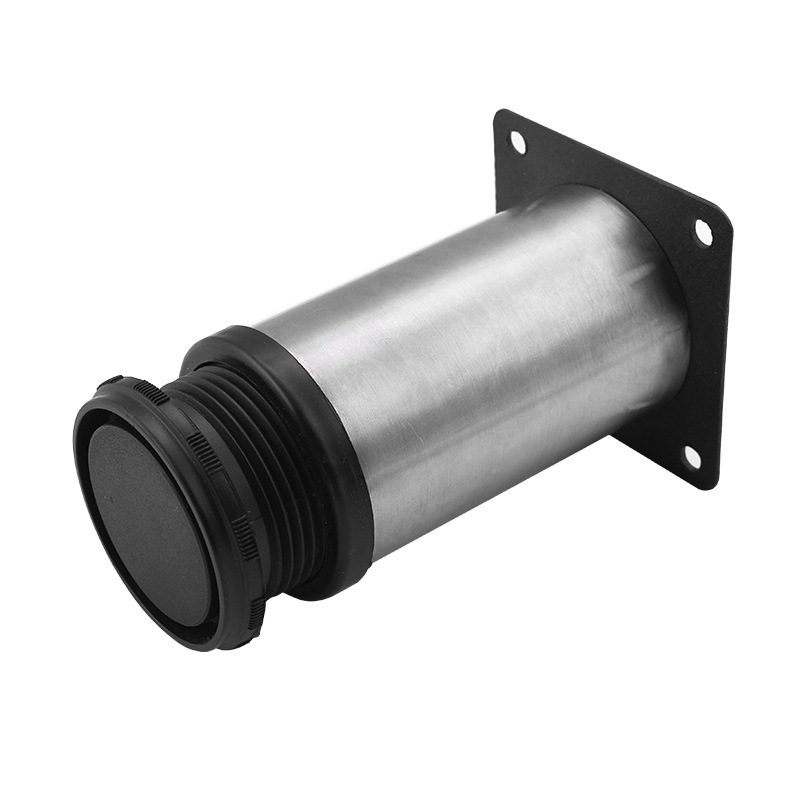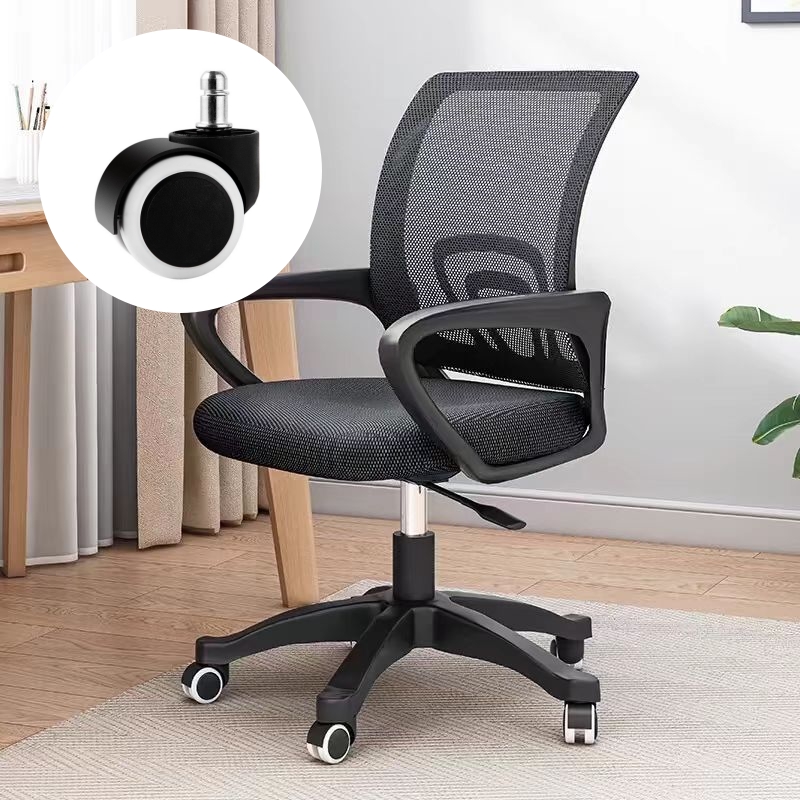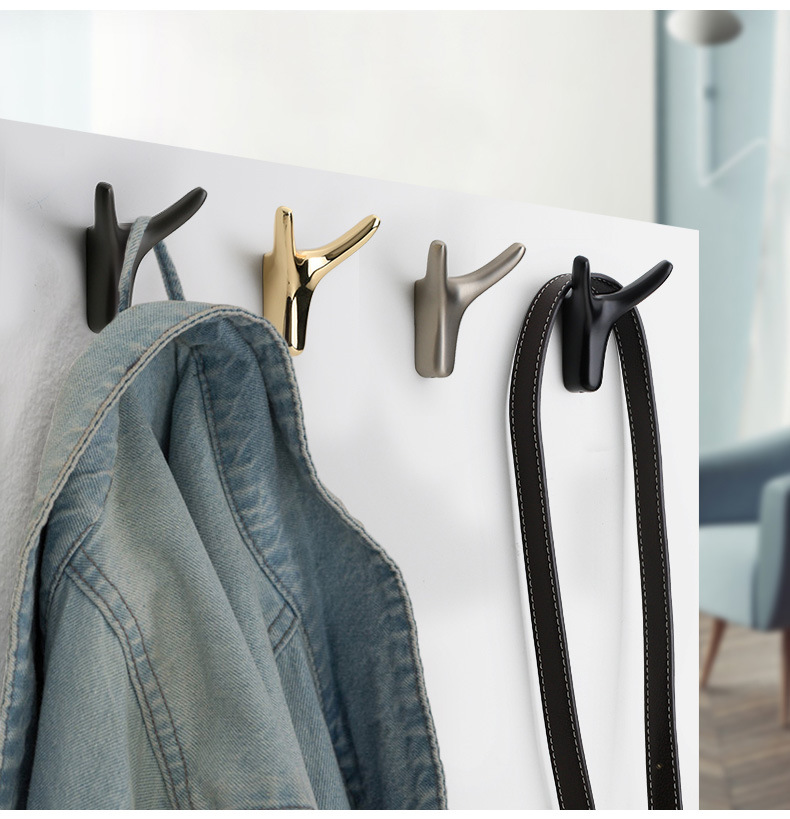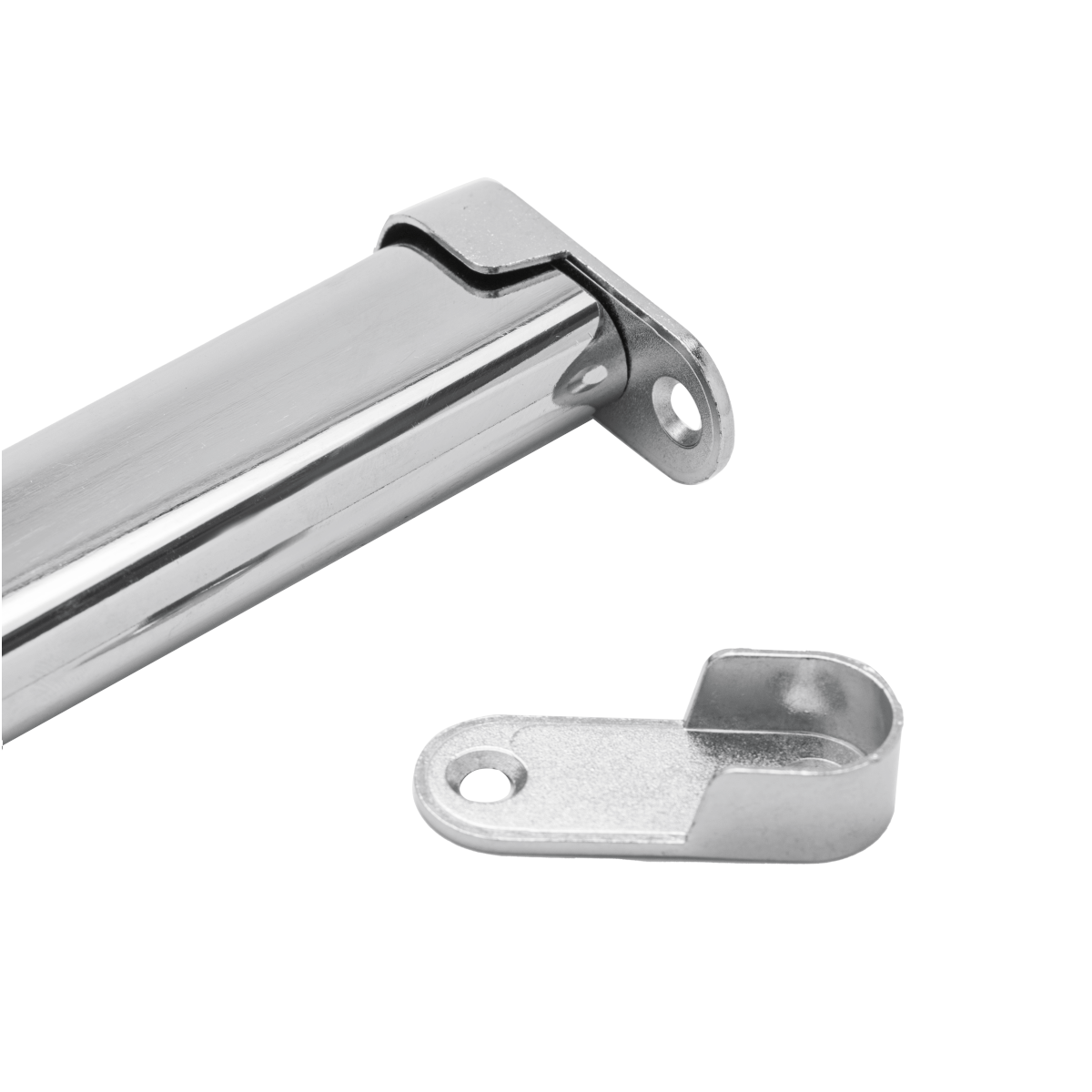
ABOUT
Guangzhou Toplink hardware Co., Ltd specialized in the production and export of furniture hardware fittings, with an experience of more than 14 years.
Our main products are drawer locks, cabinet hinges, sliding rails, cabinet handles, casters, cabinet legs and connecting fittings etc..
With a complete range of products, excellent performance and reasonable prices we have built up business with many customers all over the world.
We are committed to strict quality control and considerate customer service. We sincerely looking forward to becoming your best choice and the most reliable partner!
PRODUCTS
door handle hardware parts names
The Core Components: The Handle and the Latch
The most visible and immediately recognizable parts of a door handle set are the handles themselves. These come in a variety of styles, from simple knobs to elaborate levers, each designed for different aesthetic preferences and ergonomic considerations. The handle’s primary function is, of course, to provide a grip for opening and closing the door. This seemingly straightforward function requires a robust design capable of withstanding years of daily use, resisting wear and tear, and maintaining a smooth, comfortable feel.
Connected to the handle is the latch bolt, a crucial element that secures the door in a closed position. This retractible bolt is typically made of metal and housed within the door's edge. When the handle is turned or depressed (depending on the handle type), the latch bolt retracts, allowing the door to open. The latch bolt's design often incorporates features like a spring mechanism to ensure automatic retraction and a sturdy construction to resist forced entry.
The Strike Plate and its Role in Security
The strike plate is a vital component often overlooked. This rectangular metal plate is affixed to the door jamb, providing a receptacle for the latch bolt to engage when the door is closed. Without the strike plate, the latch bolt would have nothing to secure itself to, rendering the handle useless. The strike plate’s design usually includes a precisely cut hole, ensuring a perfect fit for the latch bolt and preventing the door from rattling or being easily opened.
The strike plate often features screws for secure mounting and may also include a lip or reinforcing plate to increase its resistance to forced entry. The material and construction of the strike plate significantly impact the overall security of the door. Higher-security strike plates might incorporate hardened steel or reinforced construction to withstand attempts at forced entry, contributing to the overall strength of the door's locking mechanism.
The Deadbolt: A Higher Level of Security
Many door handle sets incorporate a deadbolt, providing an additional layer of security beyond the basic latch mechanism. The deadbolt is a separate locking mechanism, usually positioned below or beside the main handle. It extends a longer, more robust bolt into a separate hole in the strike plate, offering enhanced protection against unauthorized entry. Deadbolts typically require a key to operate, adding an extra level of security compared to the easily operated latch.
Deadbolt mechanisms are designed for strength and durability. They often incorporate features such as hardened steel bolts and a complex locking mechanism to resist picking and other forced entry techniques. The deadbolt's strike plate is usually more substantial than the latch's strike plate, further reinforcing the security provided.
Internal Mechanisms: Springs, Screws, and Spindles
Beyond the visible components, the heart of a door handle's functionality lies within its internal mechanisms. Springs are used extensively, providing the necessary force for retracting the latch bolt and ensuring smooth operation. These springs are carefully calibrated to provide the right amount of tension without being too stiff or too weak. The failure of these springs can lead to malfunctioning handles requiring repair or replacement.
Screws play a critical role in holding the various components together. They are carefully selected for strength, size, and material to withstand the forces exerted during daily use. The quality and type of screws used can affect the longevity and security of the door handle. Finally, the spindle is a vital connecting rod running through the door, linking the handles on either side and coordinating the operation of the latch bolt. The spindle’s design and positioning are crucial for synchronized movement and proper function.
Variations and Customization
Door handle hardware comes in a vast array of styles, finishes, and materials, catering to diverse design preferences and functional needs. From traditional knobs to modern lever handles, the choices are extensive. Different materials, such as brass, stainless steel, or chrome, offer varying levels of durability and aesthetics. Furthermore, the inclusion of features like keyless entry, smart locks, and fingerprint scanners reflects the ongoing evolution of door handle technology.
Understanding the individual parts of a door handle set not only facilitates maintenance and repairs but also allows for informed choices when selecting new hardware. Choosing the right handle set involves considering factors such as security, aesthetics, and durability, all of which are deeply connected to the specific components and their functions. Ultimately, the seemingly simple door handle is a testament to the ingenious integration of multiple parts to create a functional and essential element of our daily lives.
SUBSCRIBE
INQUIRY
